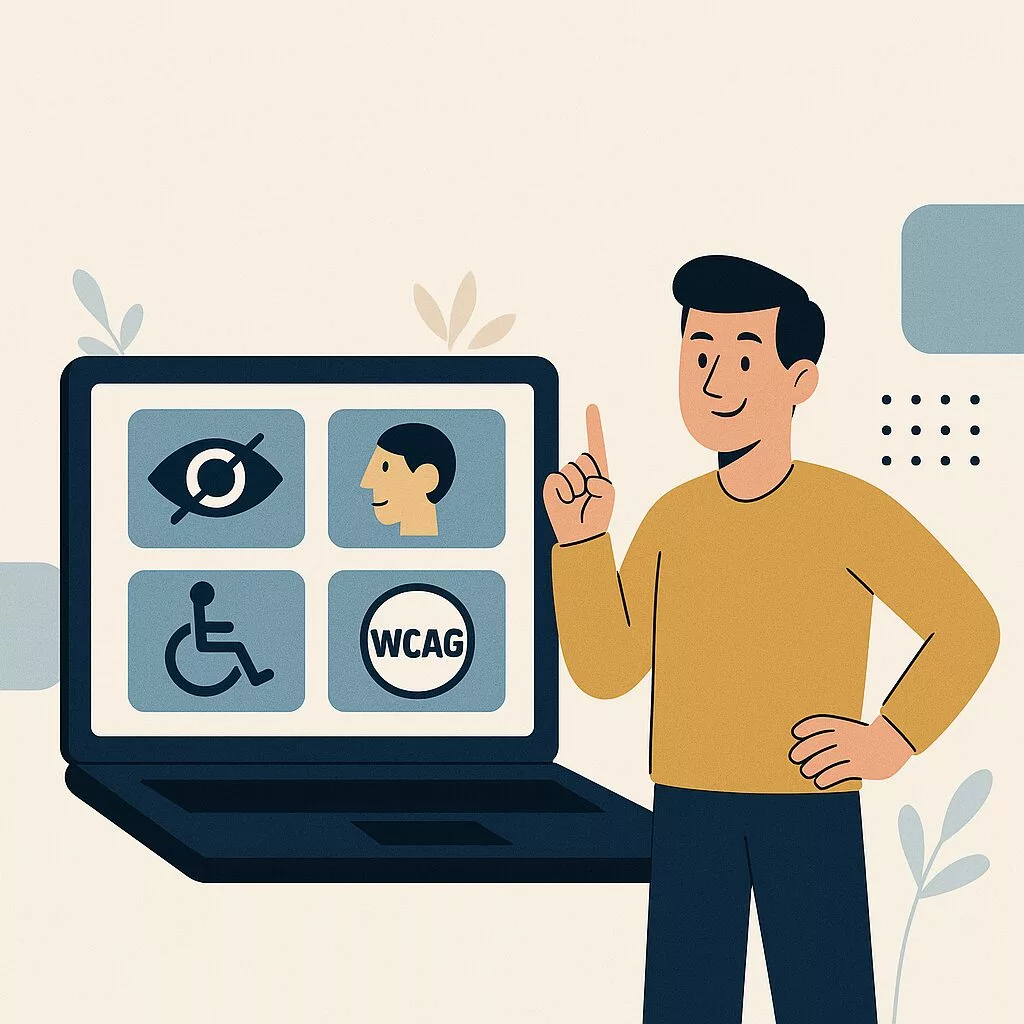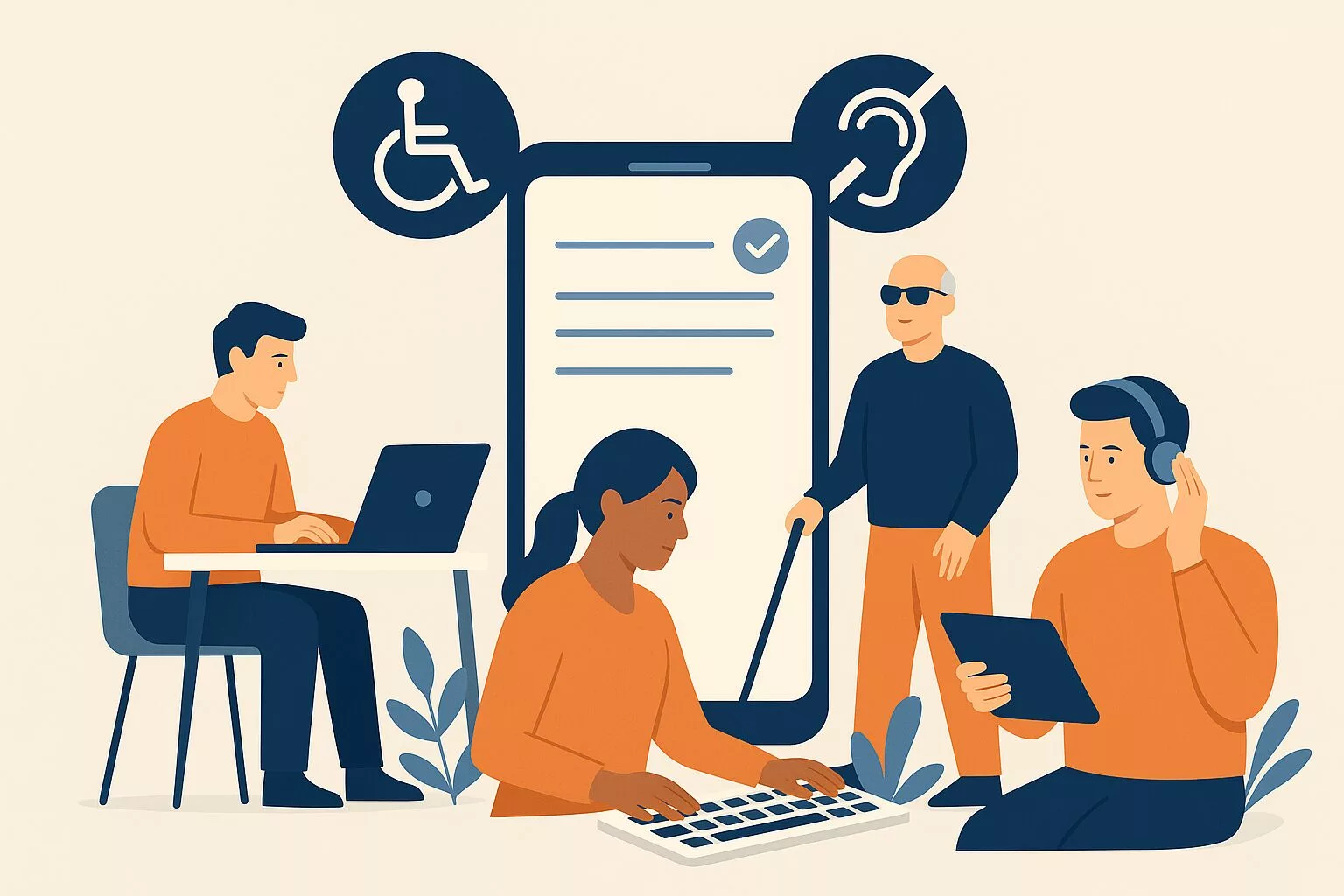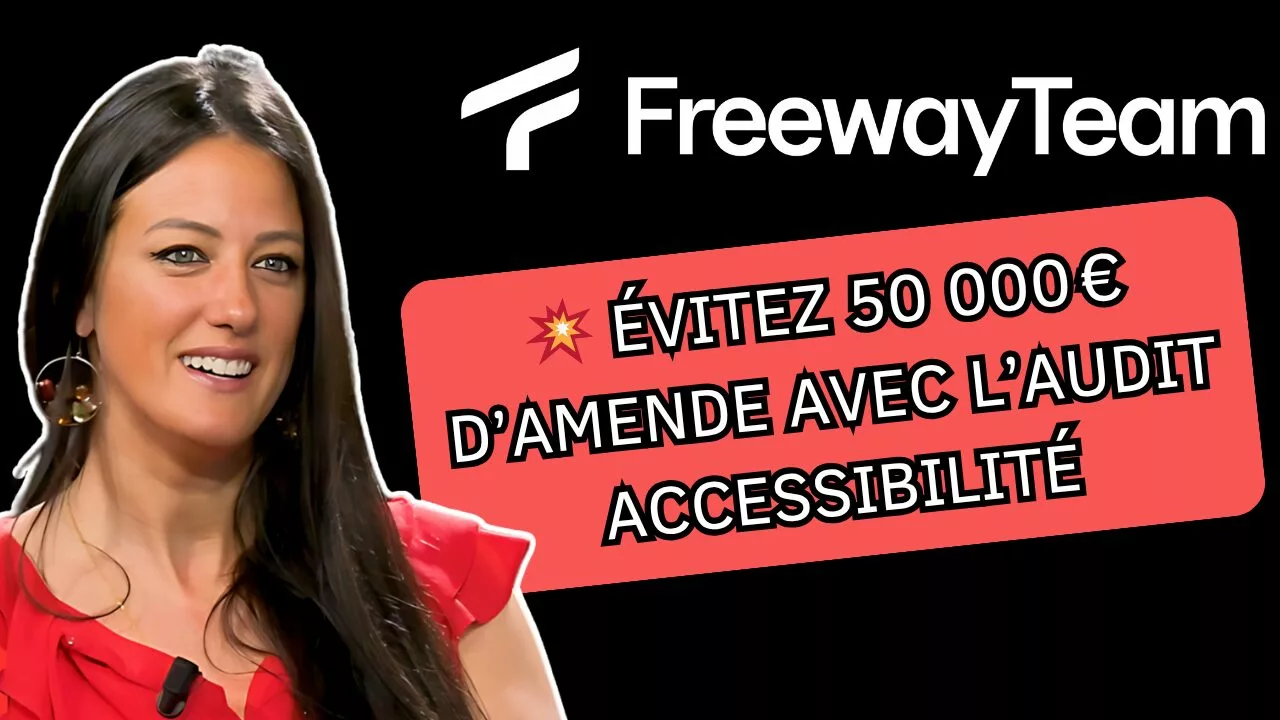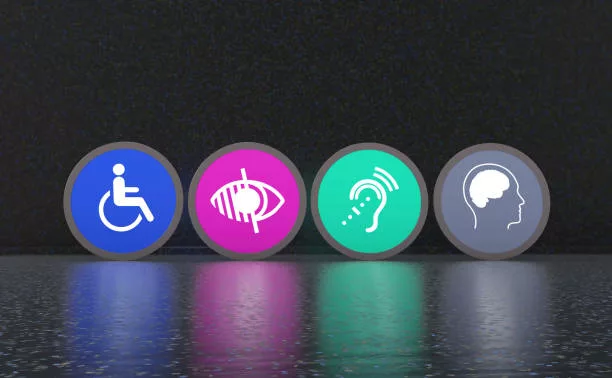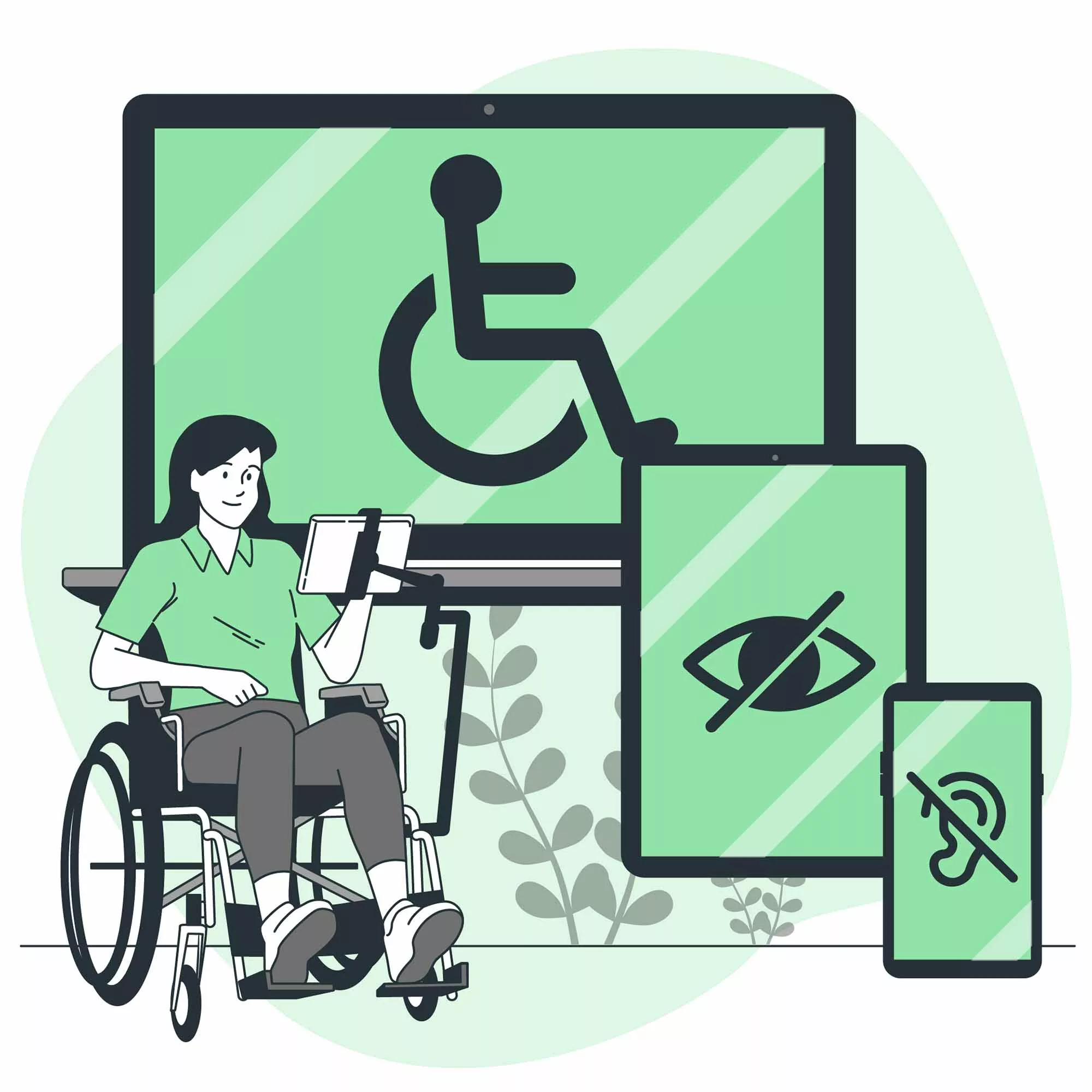When we talk about inclusive design, we often think of big principles. But in reality, it’s often the little details that make all the difference.
The ones that turn a “nice” interface into an inclusive user experience—truly designed for everyone, including users with disabilities.
So here are 10 micro-UX details that can improve digital accessibility, boost your ethical design, and make you a champion of diversity-driven design. Ready?
1. Color contrast: more than just style
Good inclusive design starts with accessible design. And that begins with… contrast! That crucial combo between text and background.
Poor contrast makes content unreadable for visually impaired users—and for anyone standing in bright sunlight on their phone.
Tip: Use tools like WebAIM Contrast Checker to verify your colors. Following WCAG standards (AA or AAA level) isn’t a bonus—it’s a must for inclusive interfaces.
2. Font sizes: think beyond perfect vision
Tiny fonts are frustrating. Fonts that can’t be resized? Excluding. An inclusive user experience needs adaptive typography.
Use relative font sizes (em, rem) instead of pixels. Allow users to zoom in without breaking your layout. And test on different devices—what’s readable on a 27” screen may not be on a phone.
3. Clickable buttons (for real)
A tiny button with fuzzy text, squished between two elements? A nightmare for users with motor or precision difficulties.
Make touch targets at least 44×44 pixels (Apple and Google’s recommendation). Add space between buttons to avoid accidental taps. And remember: icons alone aren’t always clear. Add a descriptive label.
4. Clear labels for form fields
A good form is one that’s effortless to understand. Avoid using only placeholders—they disappear once typing starts. If a user hesitates, they have to delete everything to recheck? Nope.
Provide persistent, clear labels linked to fields via the for attribute. Indicate required fields, expected formats, and show helpful error messages (not just “error”).
5. Do your images have descriptions?
Screen readers can’t guess what’s in your images. A rocket icon for “Send”? You need to say so!
Add a descriptive alt tag for every informative image. If it’s purely decorative, leave the alt attribute empty: alt="". This avoids unnecessary noise for screen reader users.
6. Keyboard navigation: test it seriously
Can everything be accessed with the Tab key? Does the flow make sense? A truly universal UX works without a mouse too!
Test your site without a mouse. Make sure focus indicators are visible, navigation is logical, and menus work via the Enter key. This also helps mobile ergonomics and alternative keyboards.
7. Clear, helpful error messages
Nobody understands “Error 403 – Forbidden resource.” This isn’t a treasure hunt!
Say clearly what’s wrong and how to fix it. A good error message is visible, accessible (color + text), and human. It’s a key part of user-centered design.
8. Videos with captions (or audio descriptions)
If your videos don’t have subtitles, you’re excluding anyone who can’t hear (and anyone at work without headphones).
Add synchronized subtitles, provide transcripts, and ideally offer audio-described versions. It’s a WCAG pillar—and a great example of inclusive design.
9. Animations? Yes, but gentle
Fast, flashy animations can cause nausea or distract users with attention disorders.
Respect the prefers-reduced-motion media query, and go for smooth, slow, non-intrusive animations. It helps accessibility and usability overall.
10. Test with real people—not just your team
Your team is great—but often too homogeneous. To ensure your inclusive design works, test it with a diverse group.
Include people with disabilities, older adults, non-tech users. Their feedback is priceless—and usually very different from what your developers would say.
In short: Inclusive design is a mindset
Inclusive design isn’t about ticking off a checklist. It’s about thoughtful accessibility, digital inclusion, and attention to every user’s experience—even the quietest ones.
Yes, it takes a bit more effort. But in return, you get a better site or app for everyone. And that’s seriously cool. 😎
FreewayTeam can help you optimize accessibility and deliver a seamless user experience for all. Ready to make your design truly inclusive?
